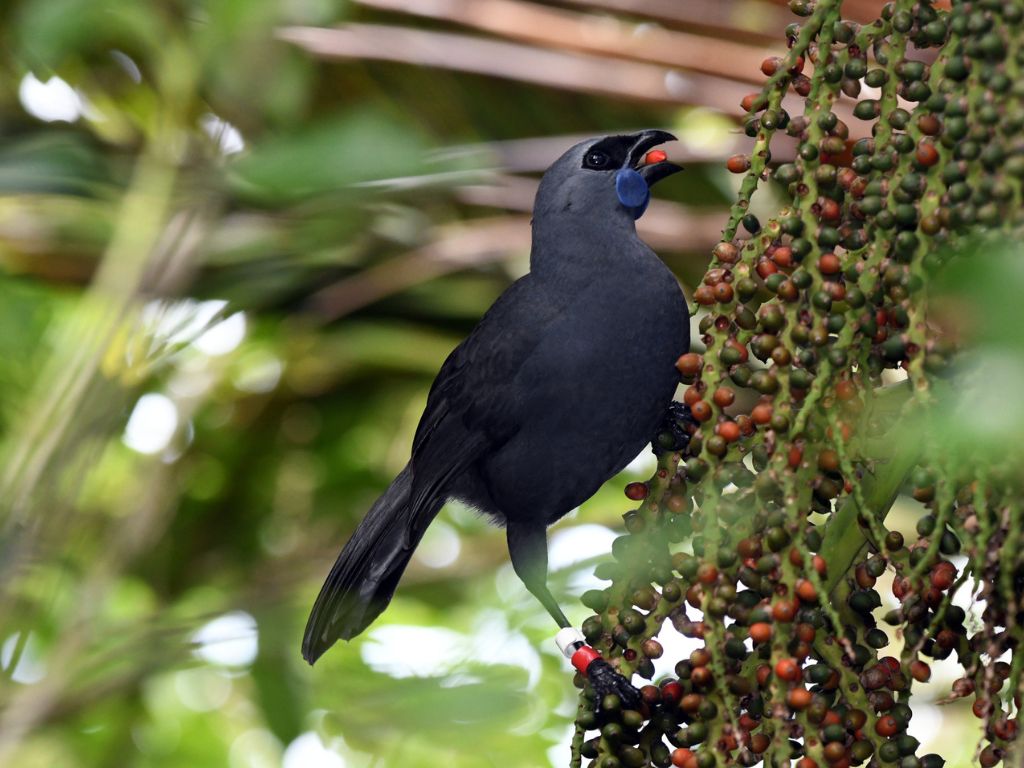We have good news for you in the face of climate change, pollution, habitat destruction and introduced predators. Nature conservation really, actually works, and control of invasive species shows the largest positive impact, according to a new global study.

A team of researchers wanted to understand whether the outcomes of conservation actions improved on what would have happened without any intervention.
Spoiler alert: they do. Keep reading for more uplifting news about the most compelling evidence to date on the impact of conservation efforts.
Always a headwind, rarely a tailwind
Working in nature conservation can feel like every step is met with resistance. There’s the seemingly constant barrage of grim news about the state of the natural world, which can weigh heavily. We know that biodiversity is decreasing due to human activities. (Remember, biodiversity is the variety of plant and animal life, a high level of which is usually considered super important).
But there are people out there (you could be one of them!) creating protected areas, restoring habitats and removing invasive species.
The good news
A global meta-analysis of 186 studies, including research conducted in New Zealand, revealed that in a significant majority of cases, conservation improved the state of biodiversity or at least slowed declines.
This is from the report: “Specifically, we find that interventions targeted at species and ecosystems, such as invasive species control, habitat loss reduction and restoration, protected areas, and sustainable management, are highly effective and have large effect sizes.”
Notably, eradicating and controlling invasive species emerged as the most effective tool in conservation (win). The study states, “Invasive alien species eradication and control has generated some of the most notable conservation successes reported to date, particularly on islands.”

File this under more good news: researchers also discovered that more recent conservation interventions tended to have more positive outcomes for biodiversity, which indicates we’re getting better at conservation.
This study is the strongest evidence yet that conservation actions are successful but need transformational scaling up to meet global targets and halt the decline of our natural world.
The researchers also uncovered many examples in which conservation interventions resulted in poorer outcomes for biodiversity instead of doing nothing. For instance, eradicating and controlling invasive alien species can negatively impact non-target species through incidental damage or mortality. New Zealanders know the dangers of releasing a predator to deal with a problem (stoats were released to kill rabbits in the late 1800s). Likewise, protected areas can show negative impacts if there is poor enforcement and insufficient resourcing.
Conservation is an investment rather than payment

Meeting global biodiversity targets to rescue the extinction risk of all species and safeguard sites of international biodiversity was estimated by a previous study to cost around US$178-$524 billion annually.
Although eye-wateringly high, these costs are dwarfed by the value that biodiversity provides to humans through the delivery of ecosystem services. For example, over half the world’s GDP, almost US$44 trillion, is moderately or highly dependent on nature, including forestry, agriculture and fishery industries, travel and tourism, real estate, retail and water utilities.
The study concludes, “Thus, conservation actions are investments rather than payments – and, as our study demonstrates, they are typically investments that yield genuine, high-magnitude positive impacts.”

